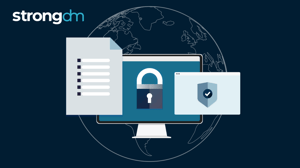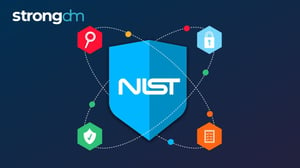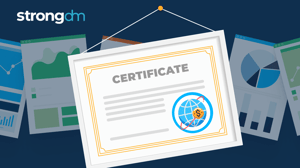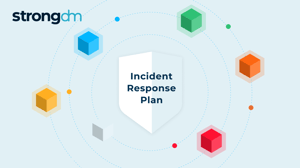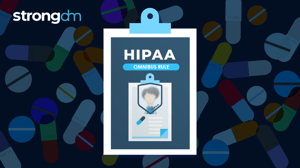
- Role-based, attribute-based, & just-in-time access to infrastructure
- Connect any person or service to any infrastructure, anywhere
- Logging like you've never seen
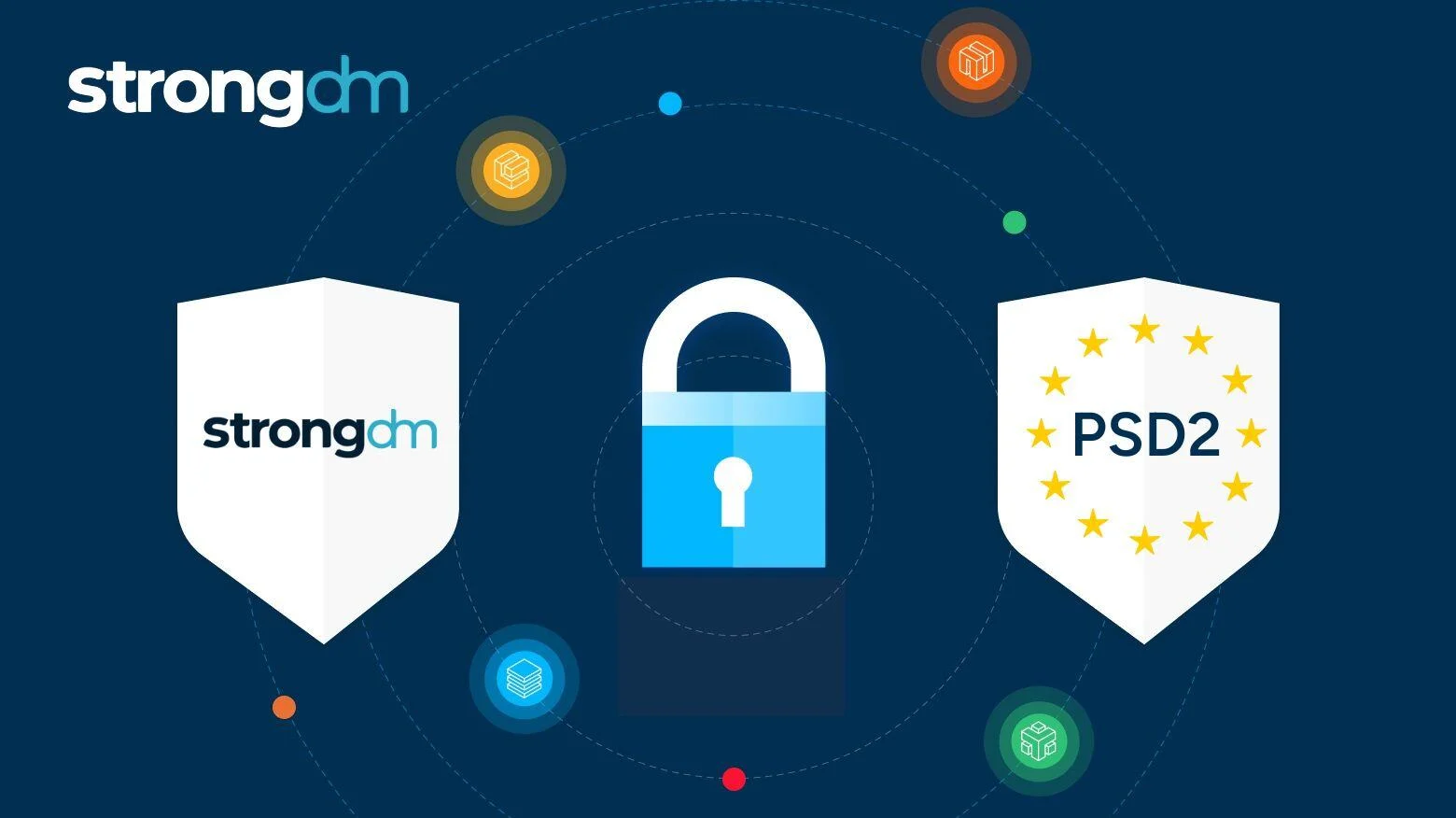
The Payment Services Directive 2 (PSD2) is transforming the financial landscape by introducing stricter security measures for payment services and payment service providers that are intended to reduce fraud and foster innovation. But with innovation comes responsibility—and compliance challenges.
PSD2 demands robust security protocols, stringent access controls, and comprehensive audit trails to protect sensitive financial data. Achieving compliance can be daunting, especially for organizations managing hybrid and complex IT environments. That’s where StrongDM steps in.
In this post, we’ll explore what PSD2 compliance challenges businesses face, and how StrongDM simplifies secure access to help organizations confidently meet PSD2 requirements.
The Challenges of Achieving PSD2 Compliance
Organizations striving for PSD2 compliance often encounter these common obstacles:
- Managing Distributed Teams: With remote and hybrid work becoming the norm, ensuring secure access for globally dispersed teams is critical.
- Maintaining Comprehensive Audit Logs: PSD2 requires granular auditability of every access request and session, which can be overwhelming without the right tools.
- Preventing Unauthorized Access: Balancing strict access controls with user productivity remains a challenge.
- Ensuring Consistency Across Hybrid Environments: Organizations operating across cloud and on-premises environments struggle to maintain consistent access policies.
These challenges can be resource-intensive, diverting attention away from core business operations. Fortunately, StrongDM streamlines the process.
How StrongDM Streamlines PSD2 Compliance
StrongDM is designed to make secure access frustration-free while ensuring that organizations meet PSD2’s rigorous security standards. Here's how the StrongDM platform does that:
1. Centralized Access Management
StrongDM provides a single control plane for secure, seamless access to all your databases, servers, and applications. By consolidating access management, you can enforce PSD2’s secure communication requirements with minimal complexity.
2. Strong Authentication and Authorization
Meeting PSD2’s Strong Customer Authentication (SCA) requirements is straightforward with StrongDM. Our platform integrates with your existing Single Sign-On (SSO) and Multi-Factor Authentication (MFA) solutions, ensuring only authorized users gain access.
3. Comprehensive Audit Trails
StrongDM captures every action and access request, session, and query in real time. Detailed, searchable logs simplify audit preparation and ensure compliance with PSD2’s data integrity mandates.
4. Real-Time Monitoring and Alerts
With StrongDM’s real-time monitoring, you can detect and respond to unauthorized access attempts or suspicious activities instantly. This proactive approach aligns perfectly with PSD2’s fraud prevention objectives.
5. Effortless Deployment Across Complex Environments
Whether you operate in the cloud, on-premises, or a hybrid setup, StrongDM integrates seamlessly. This ensures your team gets secure, frictionless access without overhauling existing systems.
Why Choose StrongDM for PSD2 Compliance?
StrongDM not only helps organizations achieve PSD2 compliance but also enhances overall operational efficiency. Here’s why leading financial institutions trust us:
- Faster Implementation: Get started quickly without disrupting your workflows.
- Enhanced Security: Centralized, secure access ensures consistent policy enforcement.
- Improved Productivity: Frictionless access eliminates bottlenecks for end-users.
- Customer Success Backing: Our dedicated team is here to support you at every step.
How to Get Started with StrongDM
Ready to simplify PSD2 compliance? Here’s how you can start:
- Request a Demo: See StrongDM in action and learn how it can meet your specific compliance needs.
- Start Your Free Trial: Experience secure, streamlined access firsthand.
FAQs on PSD2 Compliance and StrongDM
1. How does StrongDM handle audit logs for regulatory purposes?
StrongDM provides real-time logs of every action and access event, making audits painless and ensuring compliance with PSD2’s logging requirements.
2. Can StrongDM integrate with existing SSO and MFA solutions?
Yes! StrongDM seamlessly integrates with popular SSO and MFA tools, ensuring a secure, user-friendly authentication experience.
3. Does StrongDM support hybrid environments?
Absolutely. StrongDM works across cloud, on-premises, and hybrid setups, enabling consistent access controls wherever your infrastructure resides.
About the Author
John Martinez, Technical Evangelist, has had a long 30+ year career in systems engineering and architecture, but has spent the last 13+ years working on the Cloud, and specifically, Cloud Security. He's currently the Technical Evangelist at StrongDM, taking the message of Zero Trust Privileged Access Management (PAM) to the world. As a practitioner, he architected and created cloud automation, DevOps, and security and compliance solutions at Netflix and Adobe. He worked closely with customers at Evident.io, where he was telling the world about how cloud security should be done at conferences, meetups and customer sessions. Before coming to StrongDM, he lead an innovations and solutions team at Palo Alto Networks, working across many of the company's security products.

You May Also Like
